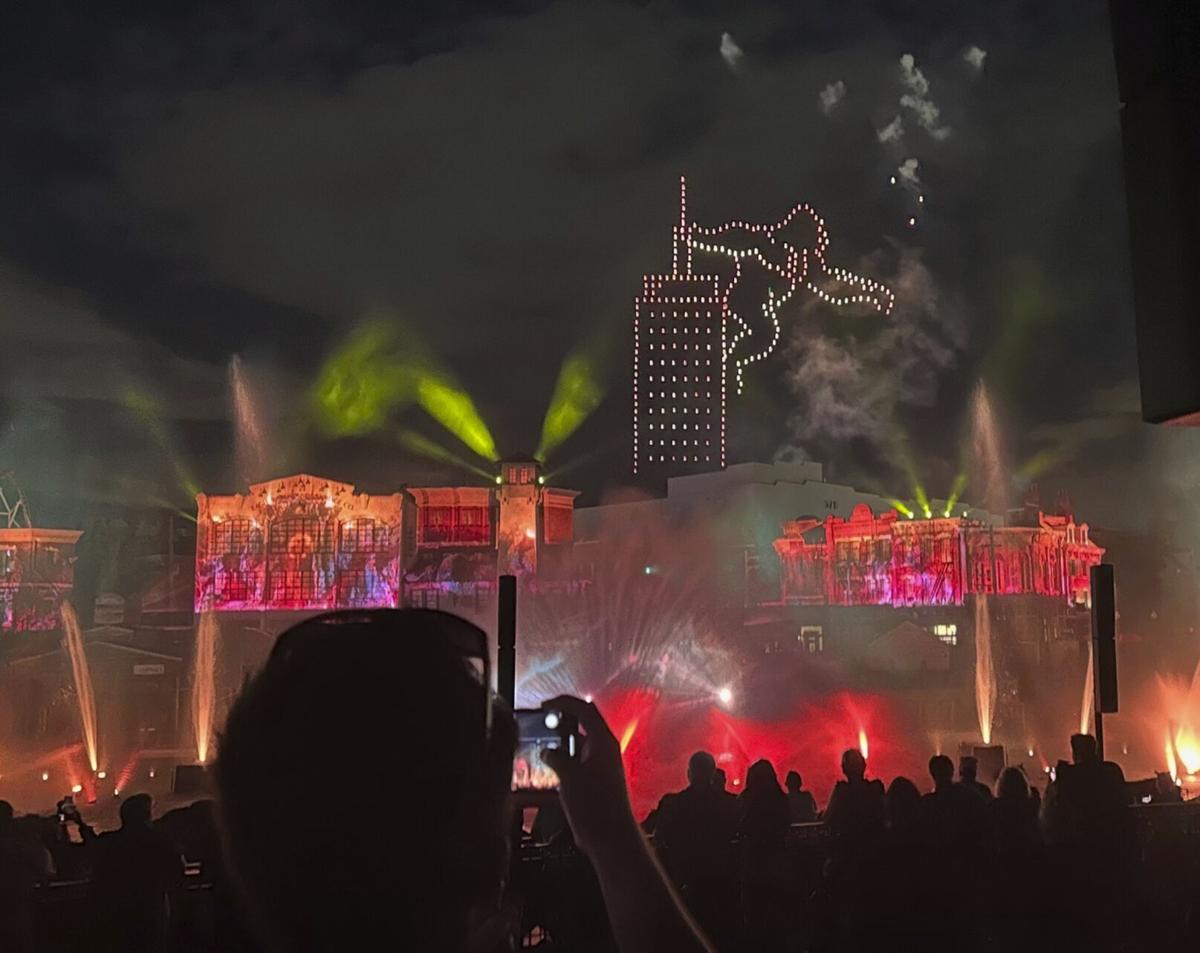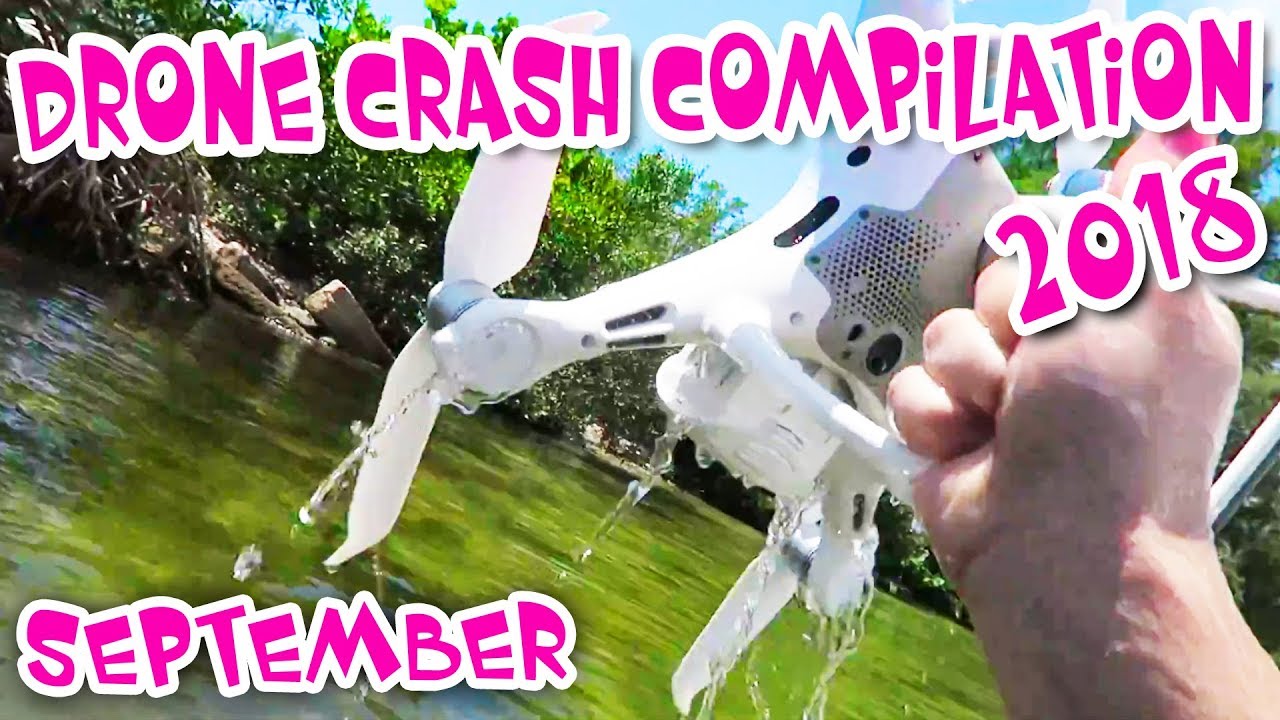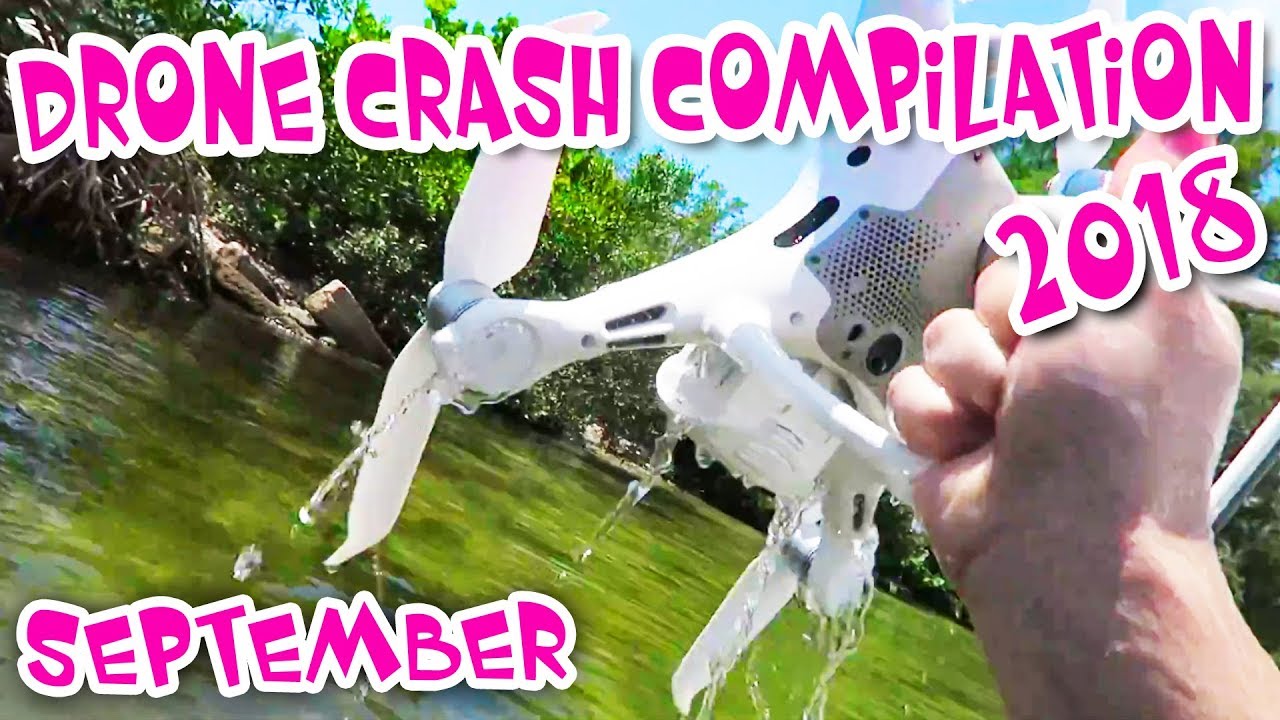Drone show accidents, while relatively rare, highlight the inherent risks involved in this increasingly popular form of entertainment. From minor malfunctions to catastrophic failures, these incidents underscore the need for robust safety protocols, advanced technology, and highly skilled operators. This exploration delves into the various facets of drone show accidents, examining their causes, consequences, and the crucial steps needed to mitigate future occurrences.
We’ll cover common causes like technological failures (GPS glitches, battery issues, software bugs), human error (pilot mistakes, poor planning), and the influence of weather conditions. We’ll also look at existing safety regulations, pilot training, and post-accident investigation procedures. Understanding these factors is key to ensuring the safe and spectacular future of drone shows.
Drone Show Accidents: A Comprehensive Overview

Drone shows, while visually stunning, present unique safety challenges. This article explores the various facets of drone show accidents, from their causes and consequences to preventative measures and post-accident investigations. Understanding these aspects is crucial for ensuring the safe and responsible operation of drone shows.
Types of Drone Show Accidents
Drone show accidents can range from minor malfunctions to catastrophic events. Common causes include GPS signal loss, battery failures, software glitches, and pilot error. Accidents are categorized by severity: minor malfunctions (e.g., a single drone losing control), significant damage (multiple drones crashing, causing property damage), injuries (operators or bystanders injured), and fatalities (death resulting from a drone show accident).
Drone show accidents, sadly, can happen. Proper planning and safety protocols are crucial to avoid them, as seen in some recent news. For a glimpse into what a well-organized show looks like, check out the details on the orlando drone show , which showcases impressive safety measures. Learning from both successes and failures helps the entire drone show industry improve its safety record and prevent future accidents.
For example, a minor malfunction might involve a single drone experiencing a brief power surge, quickly recovering. A significant damage incident might be caused by a software update error resulting in several drones colliding, damaging themselves and potentially surrounding structures. An injury could result from a falling drone striking a spectator, and a fatality could occur from a large drone crashing into a crowd.
Drone show accidents, sadly, can happen. Proper planning and safety protocols are crucial to avoid mishaps. For instance, check out the safety measures used in a large-scale show like the orlando drone show to see best practices in action. Learning from others’ successes helps minimize the risk of accidents in your own drone show operations. Understanding these procedures is key to preventing future incidents.
| Accident Type | Causes | Consequences | Preventative Measures |
|---|---|---|---|
| Minor Malfunction | Software glitch, temporary GPS loss | Minor drone damage, show interruption | Redundant systems, robust software testing |
| Significant Damage | Multiple drone failures, collision | Extensive drone damage, property damage | Improved communication protocols, enhanced collision avoidance |
| Injuries | Falling drone striking a person | Physical injuries to spectators or operators | Designated safety zones, emergency response plans |
| Fatalities | Large-scale drone failure, impact with crowd | Death of spectators or operators | Rigorous safety protocols, comprehensive risk assessment |
Safety Regulations and Protocols
Various countries and regions have established safety regulations for drone shows, often focusing on pilot licensing, airspace restrictions, and emergency procedures. Pilot training and certification are paramount, ensuring proficiency in drone operation and emergency response. Emergency response procedures should include communication protocols, drone recovery strategies, and medical assistance plans. While many regulations are similar globally, specific requirements regarding airspace authorization and licensing may vary.
For instance, the FAA in the US has specific regulations, whereas EASA in Europe has its own set of rules for drone operations, including those for large-scale drone shows.
Technological Factors Contributing to Accidents
Technological failures play a significant role in drone show accidents. GPS signal interference, battery malfunctions (sudden power loss or overheating), and software glitches (unexpected commands or system freezes) are common culprits. Adverse weather conditions like strong winds, rain, or low visibility can severely impact drone performance and increase the risk of accidents. Drone design and manufacturing quality directly influence safety.
Robust designs and reliable components are essential for minimizing failures.
- Improved GPS redundancy and fail-safe mechanisms
- Advanced battery management systems with real-time monitoring
- Enhanced software testing and verification processes
- Integration of obstacle avoidance systems
- Development of self-healing capabilities in drones
Human Error in Drone Shows, Drone show accident

Human error contributes significantly to drone show accidents. Pilot mistakes, inadequate planning, poor communication, and insufficient pre-flight checks all increase the likelihood of incidents. Fatigue and stress can impair pilot judgment and reaction time. Thorough pre-flight checks, including battery condition, software updates, and GPS functionality, are crucial for minimizing human error.
Post-Accident Investigation and Analysis
Investigating drone show accidents involves gathering evidence, interviewing witnesses, and analyzing flight data. Methods include reviewing drone logs, examining drone components, and reconstructing the accident sequence. Effective post-accident reports highlight contributing factors, recommend preventative measures, and improve safety protocols.
| Accident | Key Findings | Preventative Measures Implemented |
|---|---|---|
| [Example Accident 1] | [Summary of findings, e.g., software bug, pilot error] | [Actions taken, e.g., software update, revised training] |
| [Example Accident 2] | [Summary of findings, e.g., weather conditions, inadequate safety protocols] | [Actions taken, e.g., improved weather monitoring, stricter safety guidelines] |
Illustrative Examples of Accidents

In one instance, a large-scale drone show experienced a simultaneous malfunction in multiple drones due to a previously undetected software vulnerability. This resulted in several drones colliding, causing significant damage and a brief disruption to the show. The incident led to enhanced software testing procedures and a more rigorous pre-flight check protocol.Another example involved a smaller drone show where a sudden gust of wind caused several drones to lose control and drift outside of the designated flight zone.
While no major damage or injuries occurred, the incident highlighted the importance of thorough weather monitoring and the need for robust emergency response procedures. The similarities between these incidents underscore the importance of robust software and contingency planning. The differences, however, highlight the need for adaptability in safety protocols, responding to both systemic software vulnerabilities and unpredictable environmental factors.
Ultimate Conclusion: Drone Show Accident
Ultimately, preventing drone show accidents requires a multi-pronged approach. It’s a blend of stringent safety regulations, rigorous pilot training, reliable technology, and meticulous pre-flight checks. By understanding the various contributing factors – from technological limitations to human error – and implementing preventative measures, we can minimize risks and ensure that drone shows continue to amaze audiences worldwide without compromising safety.
Drone show accidents, unfortunately, happen. They can range from minor malfunctions to more serious incidents, highlighting the need for rigorous safety protocols. For a deeper dive into the causes and consequences, check out this informative article on a recent drone show accident that really underscores the importance of proper planning and execution. Understanding these accidents helps improve future drone show safety and prevents similar incidents.
Query Resolution
What is the typical insurance coverage for drone show operators?
Insurance coverage varies widely depending on the operator, location, and the scale of the show. It’s crucial to check with insurance providers specializing in drone operations to get appropriate coverage for liability and potential damages.
How often do drone show accidents occur?
Precise statistics are difficult to obtain, as not all incidents are publicly reported. However, the frequency of accidents is low relative to the number of shows, but the potential consequences can be severe.
What are the legal ramifications of a drone show accident resulting in injury or damage?
Legal ramifications vary greatly depending on the severity of the accident, local laws, and the determination of fault. Operators can face significant fines, lawsuits, and even criminal charges in cases of negligence or recklessness.
